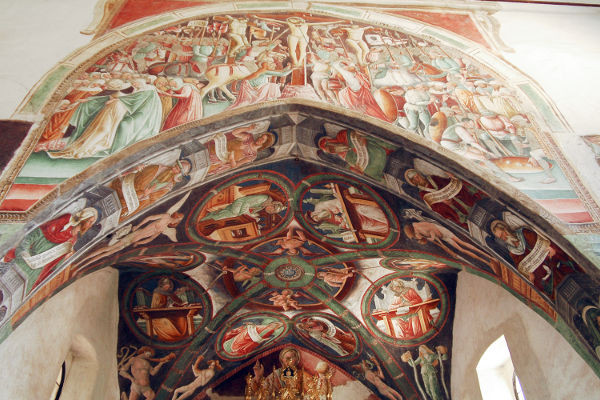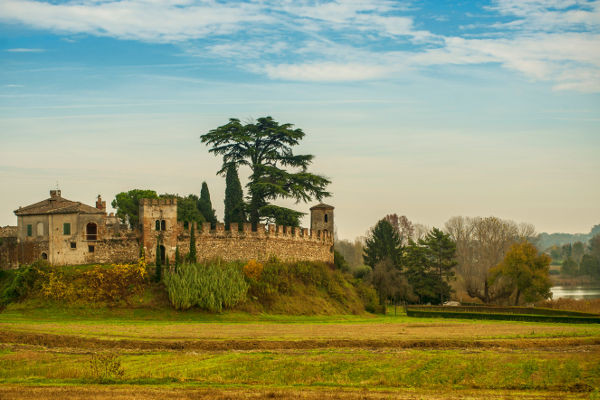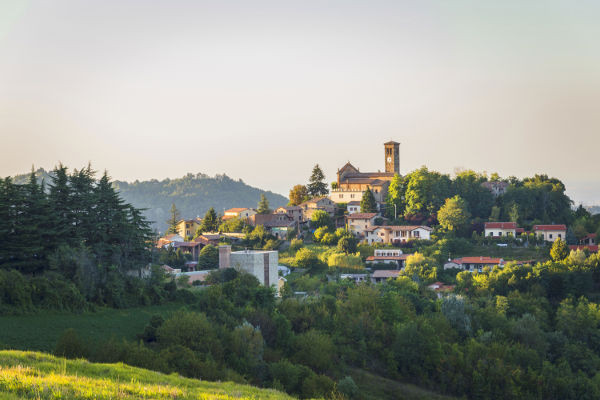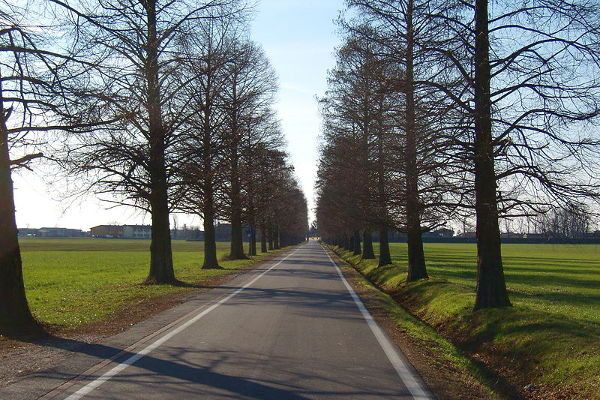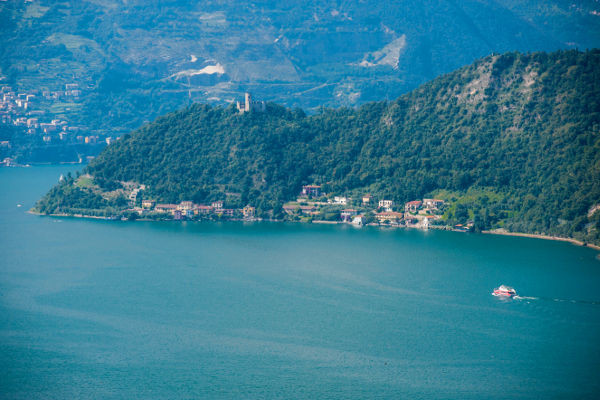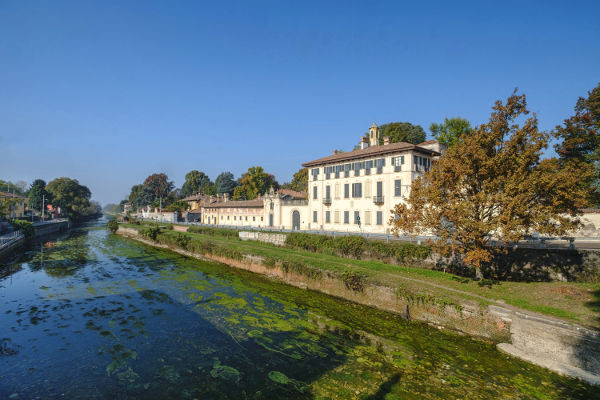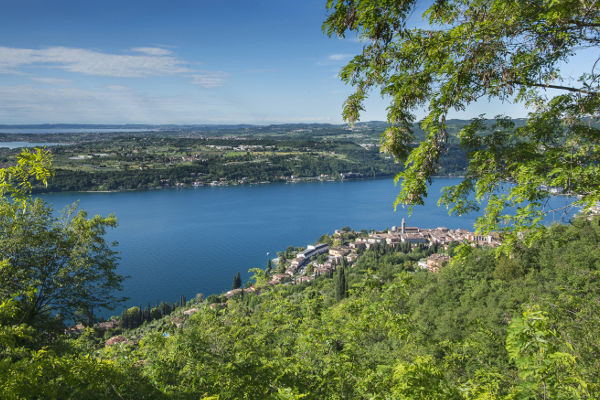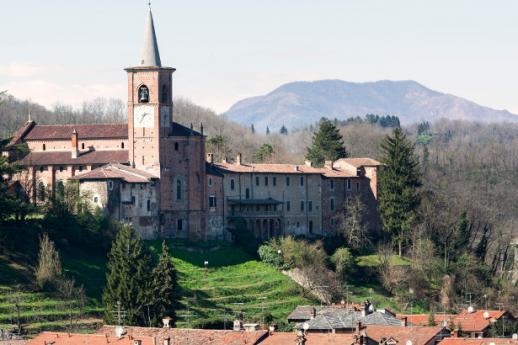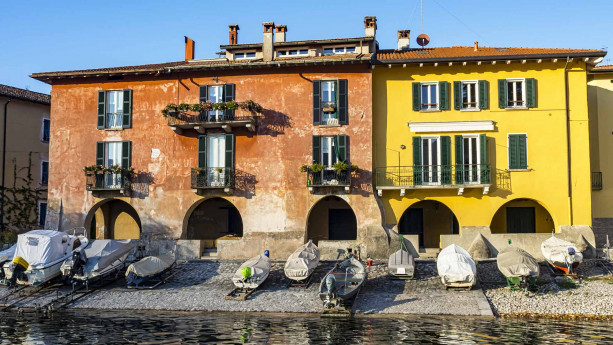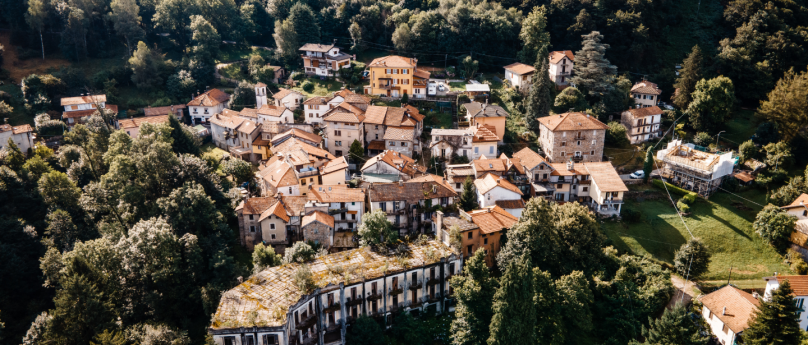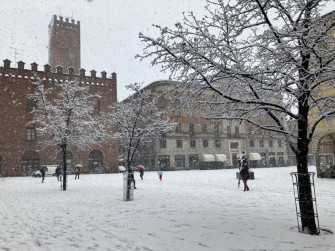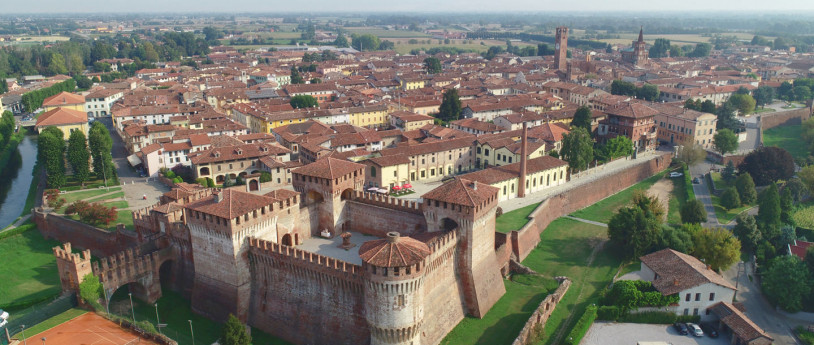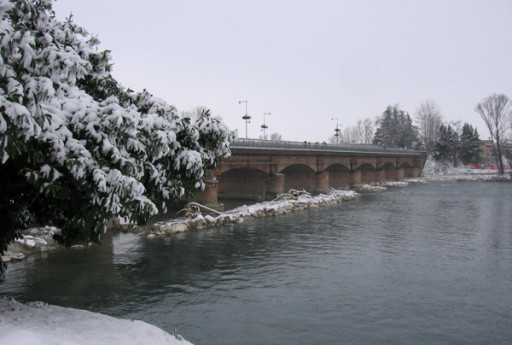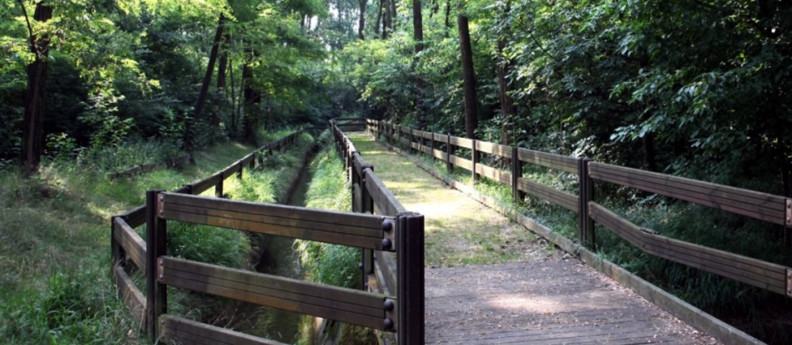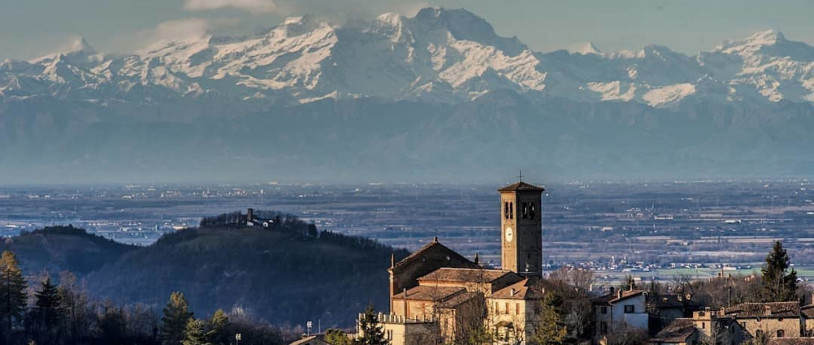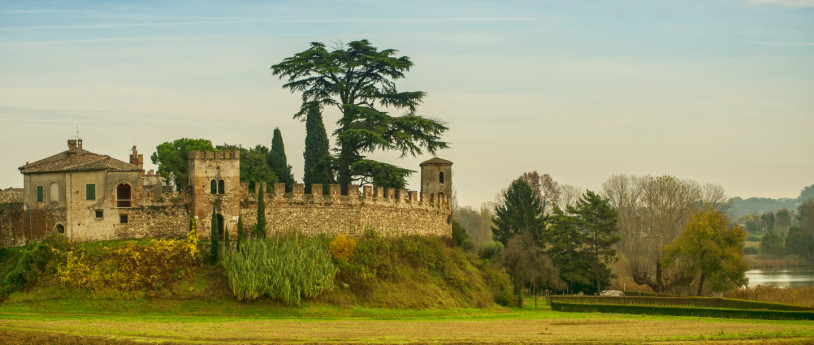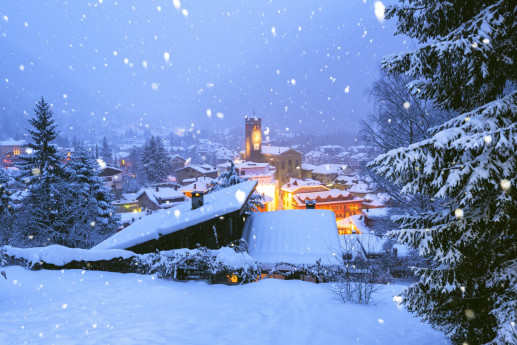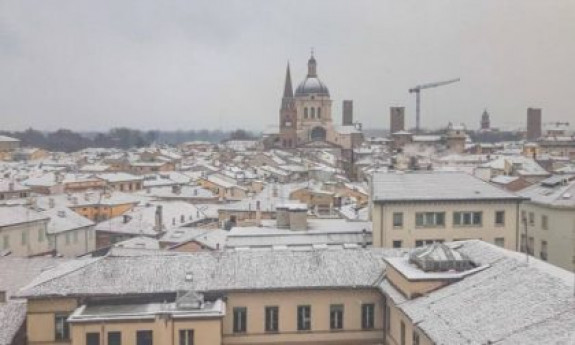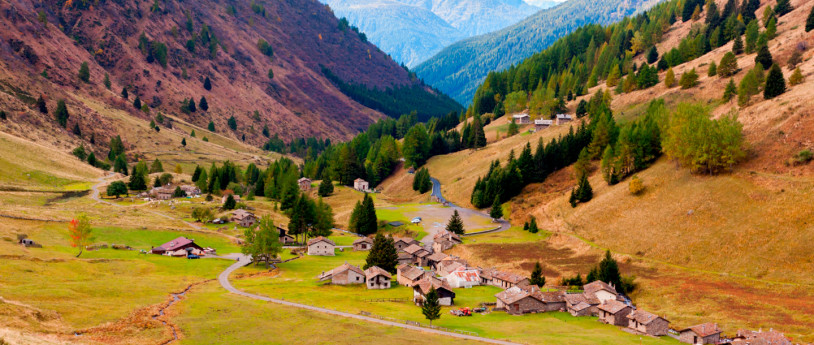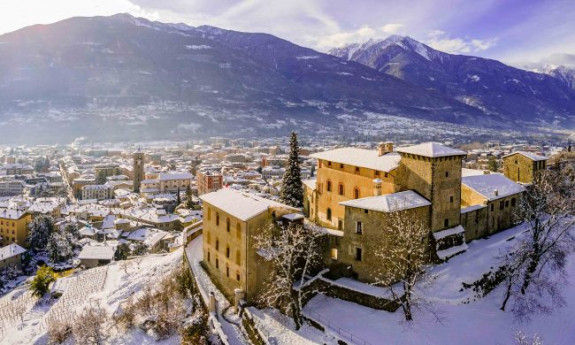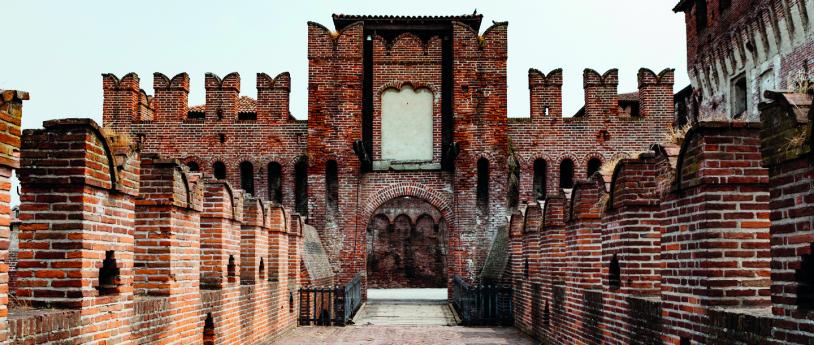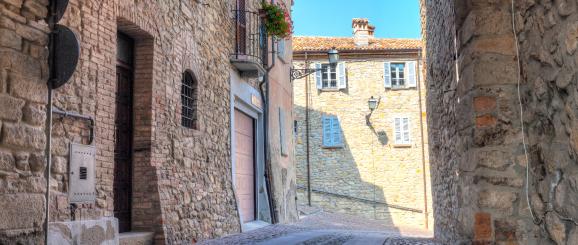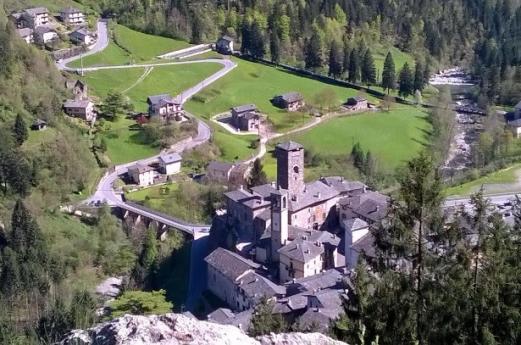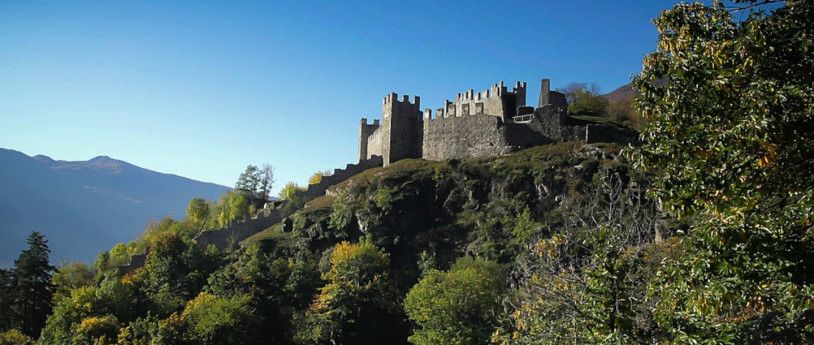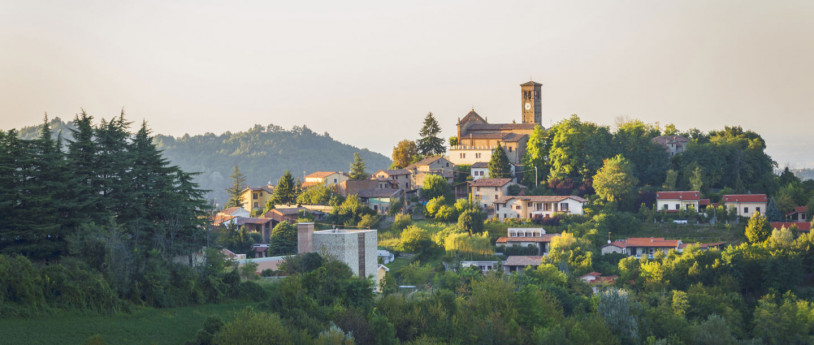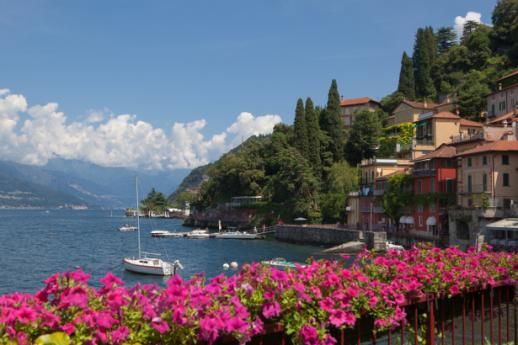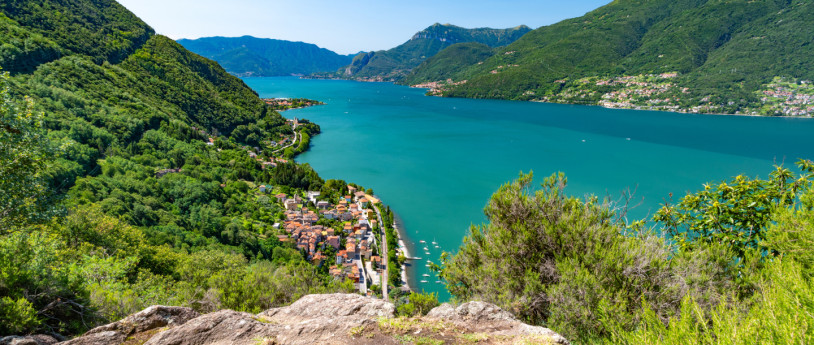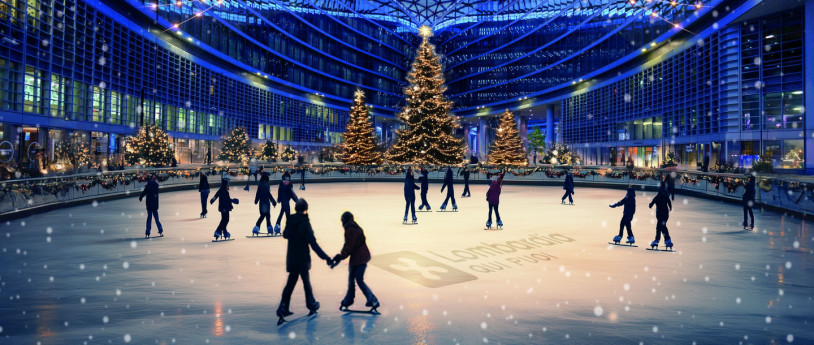- Villages
- Art & Culture
- Navigli
Seven hamlets to discover in Lombardy
Beyond the magnificent cities of art, Lombardy's smaller market towns are far from being minor attractions. Visit the seven we have chosen for you to enjoy astronomical clocks, unsung frescos and gastronomic delicacies. All are surrounded by unique landscapes. Ideal destinations for a weekend away with friends or family.
1. Clusone (34,4 km from Bergamo)
Back in 1884, a railway just over 34 km long toiled up Val Seriana carrying zinc, lead and galena as well as passengers heading for Clusone, gateway to the Presolana mountains. The track was converted to a cycle route when the train line closed down. You can easily cycle to the town, which looks out over a vast plateau. The facade of the Oratorio dei Disciplini bears a magnificent Danza Macabra, part of a fresco cycle dating from 1485. From here, it’s a short hop via alleys and stairways to Clusone’s other great attraction: the Fanzago planetary clock in Piazza dell’Orologio. The sun and moon movements are still working.
2. Castellaro Lagusello (31,6 km from Mantua)
A castelliere (encircling wall) looking out over a lagusello or small lake. The name of Castellaro Lagusello, a tiny hamlet in the municipality of Monzambano, province of Mantua says it all. Its structure, dating back to the 11th century, remains nearly intact: a mediaeval courtyard with crenelated walls that once contained the houses and gardens of the peasants, with a noble residence rather than a military garrison and flagstoned floors. The village is surrounded by hills formed by glaciers, ploughed fields and a reed-ringed, heart-shaped lake.
3. Fortunago (42,2 km from Pavia)
This tiny village of Celtic origins clinging to a hilltop takes you back to the Middle Ages. Complete with cobblestones and stone houses, it nestles amidst oak and chestnut woods and wheat fields. All that survives of the ancient stronghold is a tower and a section of wall. A trip to the annual festival celebrating the best Varzi salami producers from the mountain areas south of the river Po (Oltrepò) offers a great excuse for admiring the way the village has been restored with porphyry, subtle lighting, wooden benches and facades with exposed stone.
4. Gradella (58,8 km from Cremona)
This town was first mentioned in the history books when Federico Barbarossa granted it to Milan together with other possessions. The year was 1186. Gradella, in the province of Cremona, is now a lyrical outpost of the Po Valley: with its yellow plastered houses edged with brick, connecting courtyards, porticoed facades and timberwork.
5. Monte Isola – Lake Iseo
A hillock in the middle of Lake Iseo, covered with ash trees, hornbeam and oak, olive and chestnut trees. An island with small clusters of houses for fishermen and traditional net-makers built around a villa rising from the ruins of the Oldofredi Castle, which hosted Catherine, Queen of Cyprus in 1497. Leave your car behind and arrive by boat: stroll around the island or walk the section from Peschiera Maraglio to Sensole, padding noiselessly along the lakeside among the olive groves.
6. Cassinetta di Lugagnano (37,7 km from Milan)
This zero-growth town is the outcome of a local planning order approved in 2005 that allowed an area of the Ticino Park to be reforested in exchange for the right to build new homes. Cassinetta di Lugagnano can be found on the Naviglio Grande in a protected part of the Ticino Park. Long ago, this area was a favourite with the Milanese bourgeoisie seeking luxury, delights and cool breezes along the canal linking Lake Maggiore to the Darsena. The twin town centres on opposite banks of the Naviglio Canal are connected by a paved humpback bridge rebuilt in 1862. Nowadays it offers a good lookout point.
7. Salò – Lago di Garda
Salò is the first (in a southerly direction) of the atmospheric towns on Lake Garda. It stands on a horseshoe-shaped gulf with pastel-coloured houses clustered around the two harbours and along the lakefront. You can easily walk along its promenade, complete with bridges, benches and stone walls. This leads to Piazza della Vittoria in the old town centre between the Clock Tower and Porta del Carmine. The 15th century Contrada del Dosso, outside the walls, is said to have housed a renowned linen market at one time. Nowadays it leads to the MuSa, Salò's Museum housed inside the church of Santa Giustina where you can see an interesting design collection.
-
